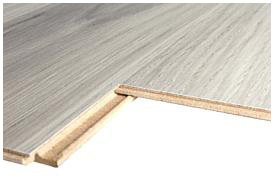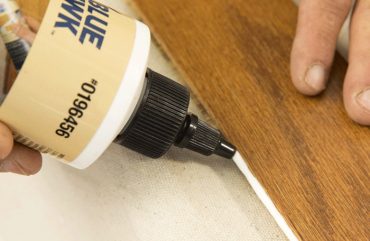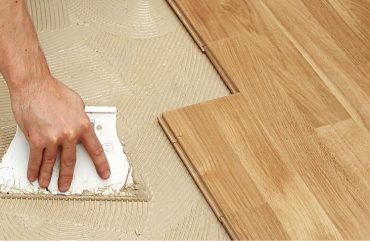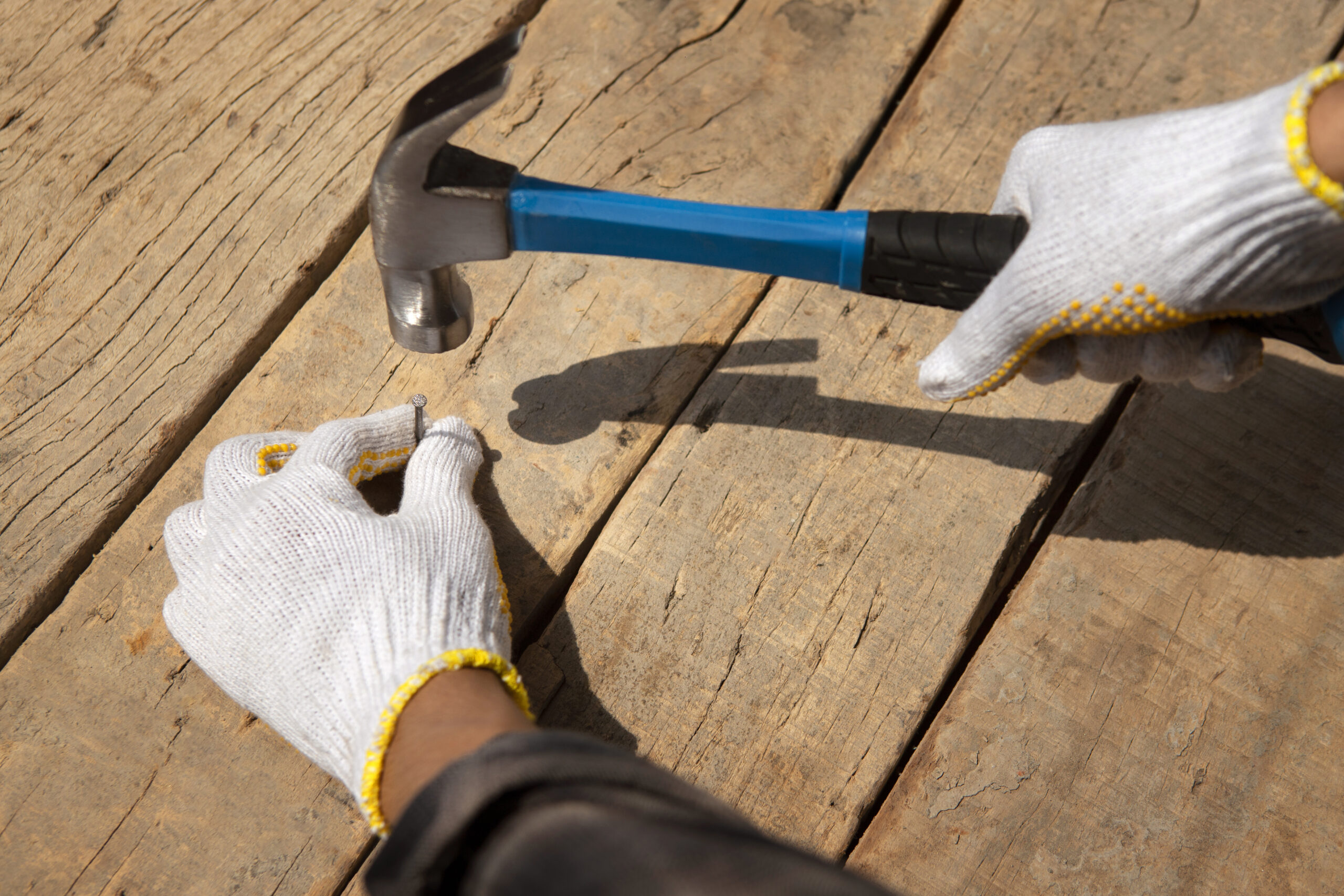How to Install Hardwood Flooring?
lock type technology

Tongue-and-groove Engineered wood
One side and one end of each plank feature a groove, while the opposite side and end have a tongue—a protruding center along the edge. When installed, the tongue and groove securely interlock, aligning the planks seamlessly without visible gaps. This type of flooring, known as tongue-and-groove, can be installed using glue-down methods for both engineered and solid wood, floating installation for engineered wood, or nail-down installation primarily for solid wood.

“Click” or Woodlock systems
Modern flooring systems feature patented “click” mechanisms such as “Unilin” or “Fiboloc.” Unlike traditional tongue-and-groove flooring, where boards fit directly into the groove, “click” floors require the board to be angled or tapped to engage its curved or barbed tongue into the modified groove.
These systems eliminate the need for adhesive during installation, simplifying board replacement. Initially developed for engineered wood floors, they are now also compatible with a limited range of solid floors, particularly for floating installations like bamboo. This convenience makes them highly suitable for the DIY market.
Wood flooring can be installed using various installation systems.

Floating
In the floating installation method, engineered wood flooring is not mechanically fastened to the sub-floor. Instead, a recommended wood glue is applied to the groove of each plank to secure them together. A thin underlayment pad is placed between the wood flooring and the sub-floor to provide cushioning. This underlayment also acts as a moisture barrier and reduces noise when walking, making the floor feel softer underfoot. Nowadays, nearly all engineered floors can be installed using the floating method. This approach offers a quick and straightforward installation process.

gLUE DOWN
Wood flooring can be installed using the glue-down method, which enhances the solid wood feel and minimizes sound transmission. This method is particularly effective for large, open areas where reducing footsteps and noise is important. Our glue-down system features a highly durable and secure one-component moisture-cured STP (Silane Terminated Polymer) hybrid adhesive. This innovative adhesive combines the flexibility of Polyurethane with the benefits of modern modified Silane technology. It forms an exceptionally tough and flexible bond that provides high strength and effectively dissipates shear forces, minimizing damage to the substrate. The Smart Wood glue-down system is suitable for both residential and commercial floors.

nailing
The most common installation method for wood flooring professionals, when a wood sub-floor exists, is nailing or stapling down the floor. For 1-inch solid hardwood flooring, 2-inch long nails or staples are typically used. Shorter 1.5-inch nails may be suitable for thinner wood flooring such as engineered wood floors. Each plank or strip should be nailed from both ends to ensure secure installation.
